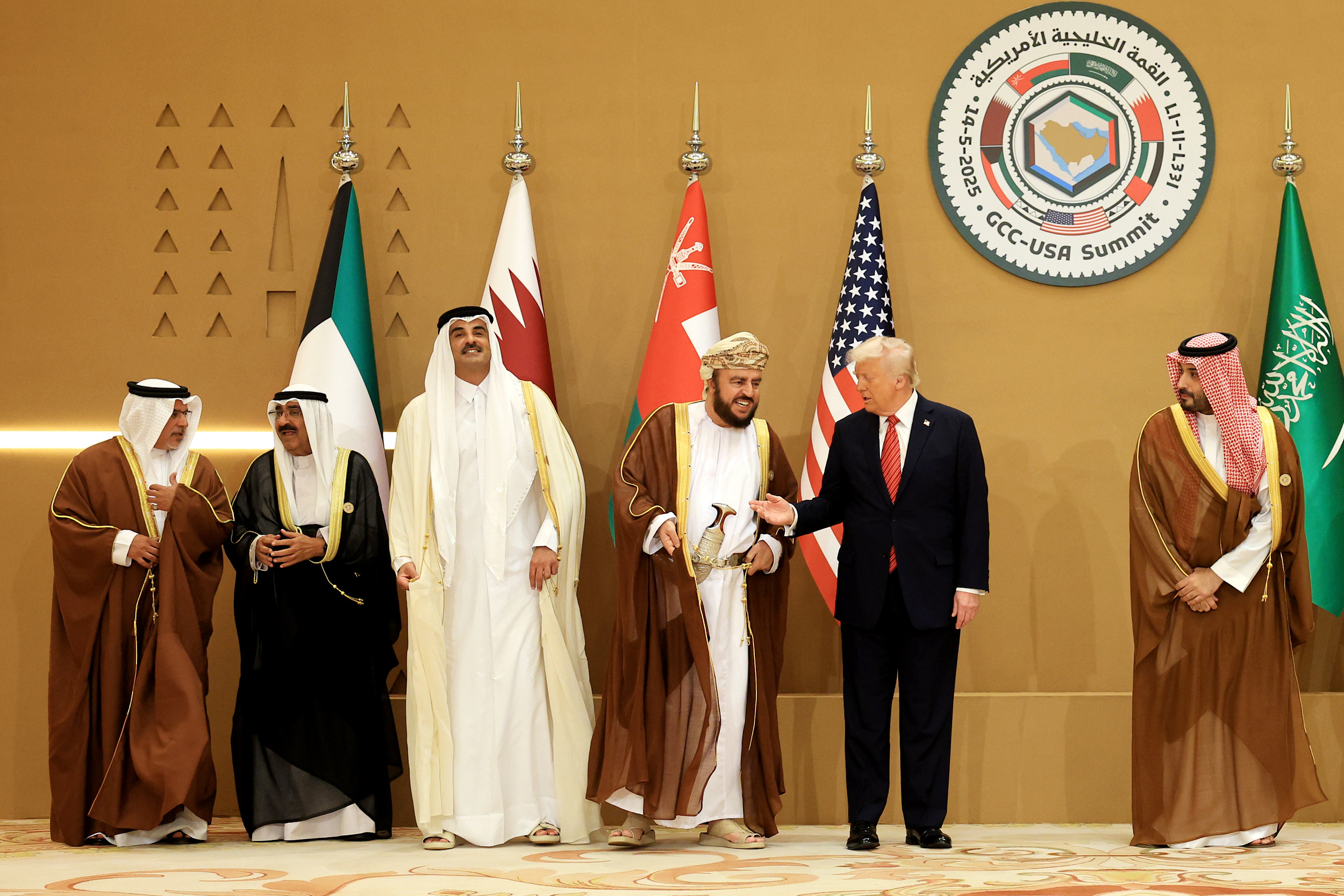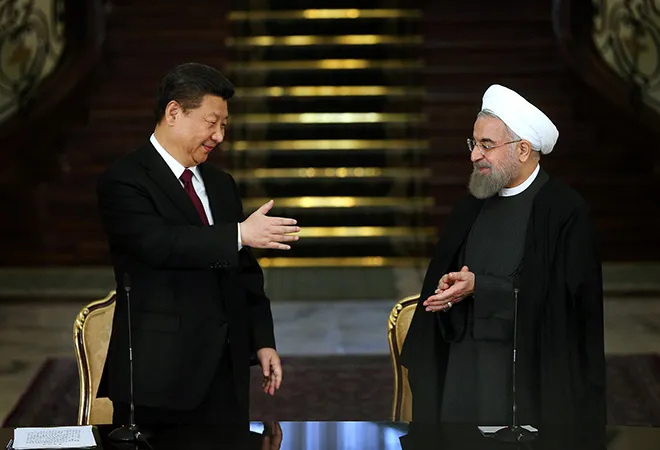President Trump’s 2025 trip to the Gulf reflects a policy of selective engagement driven by economic pragmatism, but it also reveals a degree of strategic neglect. While Saudi Arabia, the United Arab Emirates and Qatar received presidential attention, other Gulf Cooperation Council (GCC) states (Bahrain, Kuwait, and Oman) were excluded and not even met with bilaterally during the GCC-US Summit. It is thus essential to examine the motivations behind Trump’s selective itinerary and explore the missed opportunities for both the US and the sidelined Gulf states.
Why Bahrain, Kuwait, and Oman were Left Out
President Trump’s 2017 visit singled out Saudi Arabia as the sole Arab country he visited in his then-first foreign trip as President. The Kingdom was the only Gulf country that had the privilege of a US Presidential visit at the time. However, in 2025 things were vastly different. This time around, Trump did not visit Israel, but he did visit two other Gulf countries, the United Arab Emirates (UAE) and Qatar. However, for the other three Gulf countries─Bahrain, Kuwait and Oman─the visit fell short of their expectations of it becoming a full Gulf tour. As many have pointed out, Trump prioritised countries that could offer sizable commercial deals, while Bahrain, Kuwait, and Oman lacked the financial heft required. There are also signs that the diplomatic tensions with Kuwait may be behind this lack of outreach, as President Trump may continue to hold the view that his Secretary of Commerce, Howard Lutnick, had shared. He believes that Kuwait is imposing high tariffs on US goods despite the US spending “nearly US$100 billion” to liberate Kuwait. These are statements that faced backlash in Kuwait and motivated a visit to Lutnick by the Kuwaiti Ambassador to the US. This came almost a month after Kuwait’s Prime Minister Sheikh Ahmad Abdullah Al-Ahmed Al-Sabah warned that President Trump’s economic decisions would have “repercussions” for the entire world and seemed to be “only looking for his benefits”.
Underrating the Importance of All Gulf Partners
President Trump may have been remiss in discounting the importance of visiting these three countries. Kuwait is a major non-NATO Ally that hosts the US Central Command (CENTCOM); Oman is leading mediations between the US, Iran, and the Houthis; and Bahrain is a partner to the Comprehensive Security Integration and Prosperity Agreement (C-SIPA) and home to the US Navy’s Fifth Fleet. A visit by Trump would likely have found paths for more defence and diplomatic partnerships. Though it is worth noting that since President Trump’s visit, the US Secretary of Homeland Security Kristi Noem has visited Bahrain.
While a visit to these three countries may not have happened for various reasons, bilateral meetings on the sidelines of the GCC-US Summit seemed definite. Yet President Trump chose not to hold such meetings, even though his 2017 visit to Saudi Arabia included them, and his immediate predecessor also held them during his 2022 visit to Jeddah. This likely led to lost opportunities, such as Bahrain and Oman leveraging their free trade agreements with the US to argue for exemptions to the recent tariffs.
Meeting these countries’ leaders would have served both sides. For Kuwait, Oman and Bahrain, a presidential audience would have eased frictions, and for Trump, it would have served his economic interest in the region. For example, both Kuwait and Bahrain would want to buy more US liquefied natural gas (LNG) in the summer, and Trump could have utilised a visit or at least a bilateral meeting in Saudi Arabia to secure long-term offtake agreements with US LNG companies. These would have aligned with the Trump administration’s ambition to boost the US energy industry.
Outside economic deals, President Trump could have utilised a more inclusive Gulf visit to ensure countries like Bahrain, Oman, and Kuwait continue to place their bets on the US rather than diversifying their strategy. While the US may be more concerned that the UAE or Saudi Arabia shift towards China, Russia, or other powers, the same concern ought to be raised for Bahrain, Kuwait, and Oman. If these three countries feel sidelined by the US, they too may begin to diversify their foreign policy portfolios.
Conclusion
President Trump’s 2025 Gulf visit was marked by an emphasis on transactional diplomacy, prioritising countries with immediate economic value. Bahrain, Kuwait, and Oman, to varying degrees, offer the US critical military access, diplomatic mediation, and commercial partnerships. Ignoring their importance risks accelerating a trend of hedging among the Gulf States. A more inclusive and forward-looking regional strategy should be implemented by Washington. In the future, a visit by the US Vice President to these three countries may be a rational choice for the Trump administration.
Mahdi Ghuloom is a Junior Fellow, Geopolitics at the Observer Research Foundation (ORF) – Middle East.












